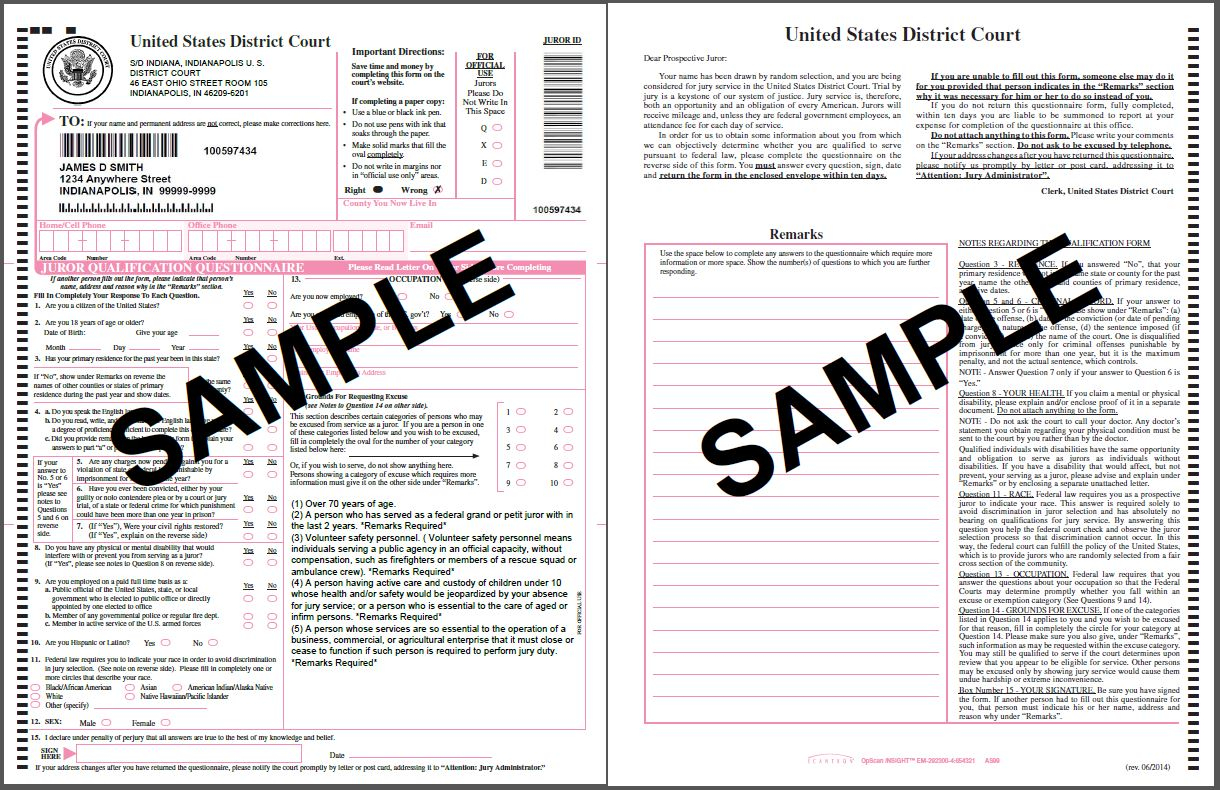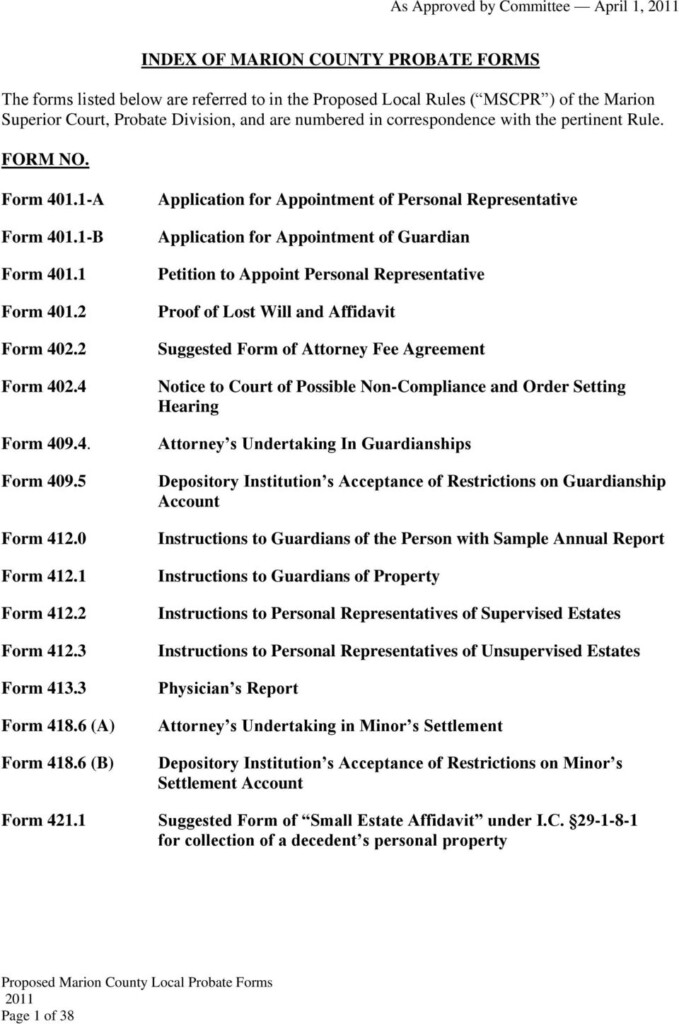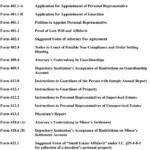Marion County Civil Court Forms – If you’ve been selected to represent the client in civil court proceedings, you might be required by the court to complete numerous forms. Certain forms can be found online or printed directly from the court’s website. Some may require to be completed in hardcopy. There are other online forms accessible, but you should make sure they are appropriate to your particular situation prior to applying any of them.
Fill in this form with blanks
The Supreme Court Administrative Office (SCAO) has a large inventory of court forms that are not filled out and are organized according to the type of legal matter. You may look them up by their name or their number.
When you are looking for a form to suit your specific situation, this is the first step in establishing the legal documents. It is possible to see the names of the cases as well as the names of all parties separated by space on certain forms.
Before signing a form ensure that you read all instructions. In certain cases you might need to sign. It is recommended to only keep one-sided copies. If you have to do this in the future, you won’t be required to duplicate the papers.
Request restricted status for electronic document
It can be challenging to obtain limited status for an electronically civil court form. These factors include legitimacy and whether the formatting needs have been fulfilled. It is essential to check the Minnesota Supreme Court regulations and the rules of the court you’re using to make sure you are following the guidelines.
The general criterion for electronic filing is that the document needs to be readable and have an official stamp. The document has to be sent to the county clerk in an envelope properly addressed. The document’s validity will be checked if there is any doubt.
The EFCIV23 form is required in order to inform parties that your electronic submission has been changed. In exceptional circumstances, you must also serve this form with your commencement paperwork.Additionally, you must use EDDS to submit the paperwork to the court.
Send the originals of your exhibits.
You may have to submit a copy of exhibits to the judge in specific countries. The documents you submit are usually uploaded online. If a paper version of your electronic documents is required for courtroom usage, you will have to give it to them.
Complete all court forms in a timely manner and to the best extent possible. Complete and exact filling out of each section of the forms is required. There are many forms with gaps that are not filled in. If you are unsure about filling out the form, it’s an excellent idea to speak with an attorney.
Hard copy exhibits must be served to every party with an accompanying document like the Notice of Hard Copy Exhibit Submission. Web-based solutions such as Odyssey File and Serve, or the EDDS mailing system could be used for serving.
Some online forms might not work for you.
If you’re interested in making use of online court forms it is best to consult with an attorney. As a result you’ll be able to discover your rights and options. If you decide not to seek legal advice, you are in control of your own legal actions. You could face disciplinary action as well as civil fines in the event of not practicing law under a license.
A lot of courts provide self-help tools on their websites. However, some don’t. The Alaska Court System developed certain forms. One of these forms can be found here the complaint form. An interactive complaint form also known as a form, can be found here.
If you’re pleased with the completed form, print it out and bring it to court. You may also find other forms available on the court website. Some of these forms require the use of computer software. Computer programs are created to answer questions, collect data, and produce forms.


